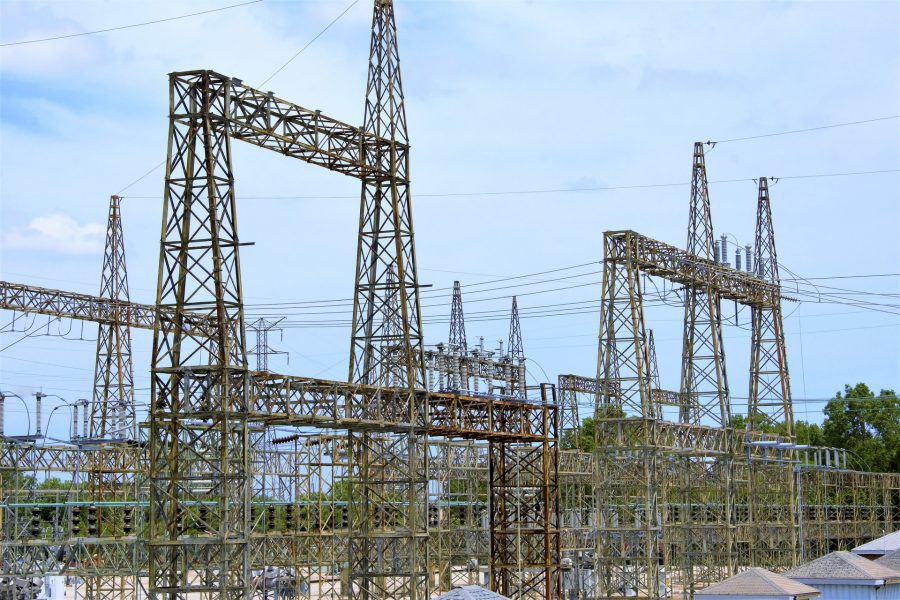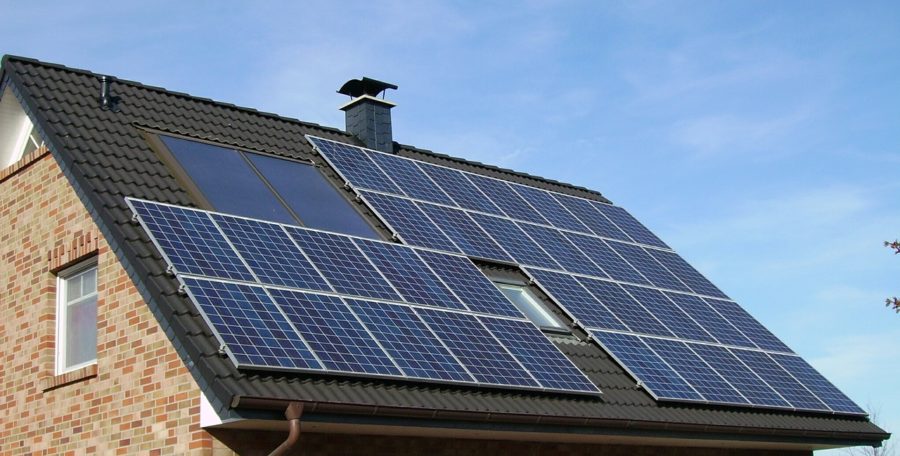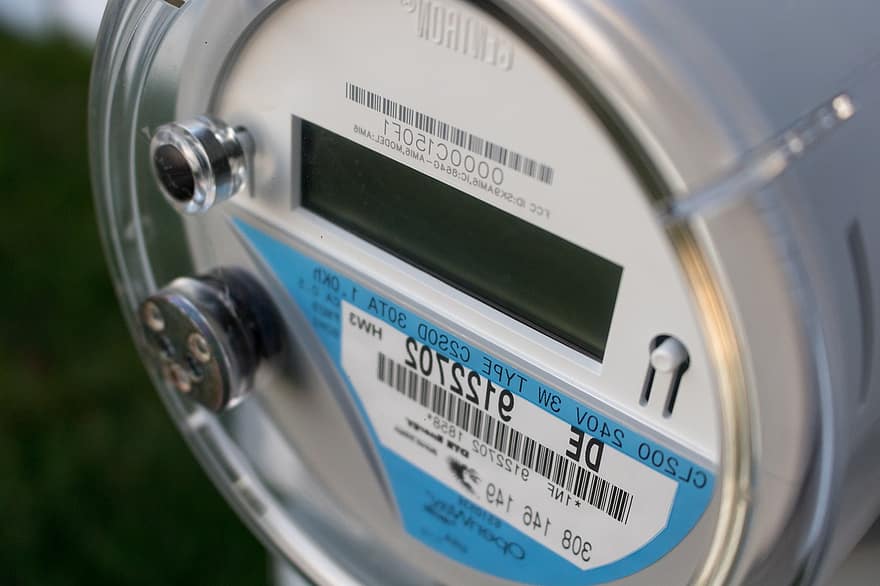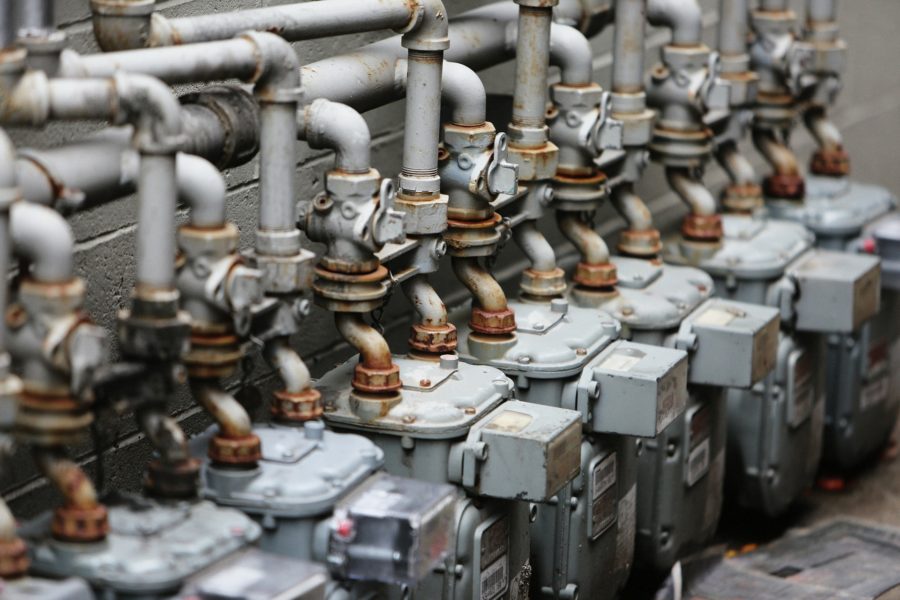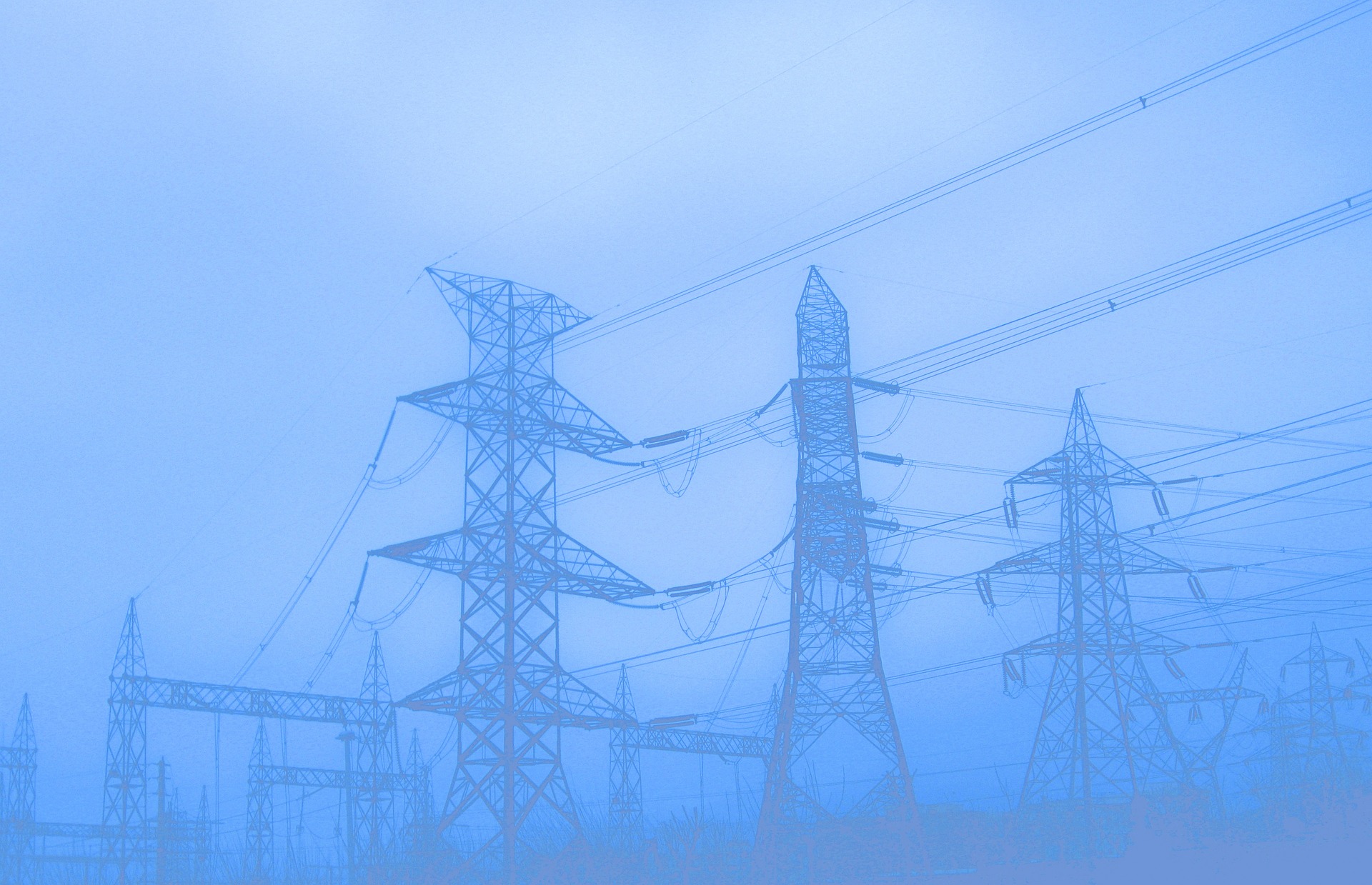By Andrea Jakubas
This post is part two of a three-part series discussing three avenues for reducing the “uncollectible burden”–the inability of people to pay their utility bills during the COVID-19 pandemic. Part one examined government grants and policy; part three will discuss clean energy initiatives that promote efficiency and reduce consumption. This post discusses how incentivizing and changing consumer bill-paying behavior could help address the uncollectibles problem.
—
In pre-pandemic times, if utility customers did not or could not pay their bills, the company could generally disconnect their service. But in response to the COVID-19 emergency, many states have issued moratoria against such utility shutoffs for nonpayment,[1] recognizing both that utilities are vital to human health and well-being and that customers are facing daunting levels of unemployment and decreased ability to pay their bills.
These shutoff moratoria are necessary but raise an additional problem: how bills will ultimately be paid. Generally, uncollectible accounts are “socialized” across utilities customers. The rate paid covers not only the customer’s direct consumption but also administrative costs, including other customers’ nonpayment.
As the pandemic—and orders against utility shutoffs—drag on, the mountain of “uncollectible” debt will continue to grow, and there are no clear answers on how (and by whom) bills will ultimately be paid.
Changing bill-paying behavior requires first that customers have at least some ability to pay their bills, but there are several options to help bills become more manageable.
Deferred Payment Arrangements
A deferred payment arrangement (DPA), for example, allows the customer to pay later for services used now. It does not waive the customer’s obligation to pay; rather, it allows them more time to pay their bills, often with at least part of the past due amount due each billing cycle.
Read More

